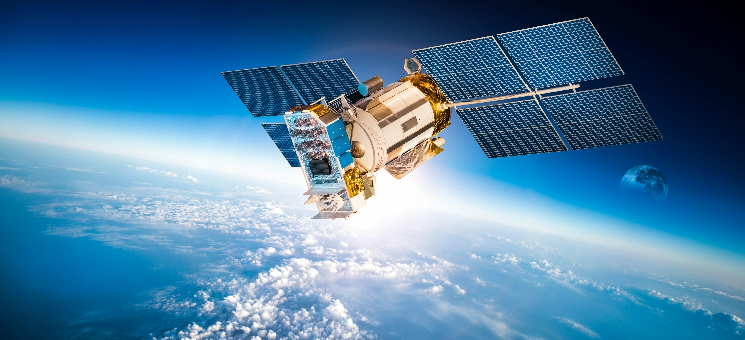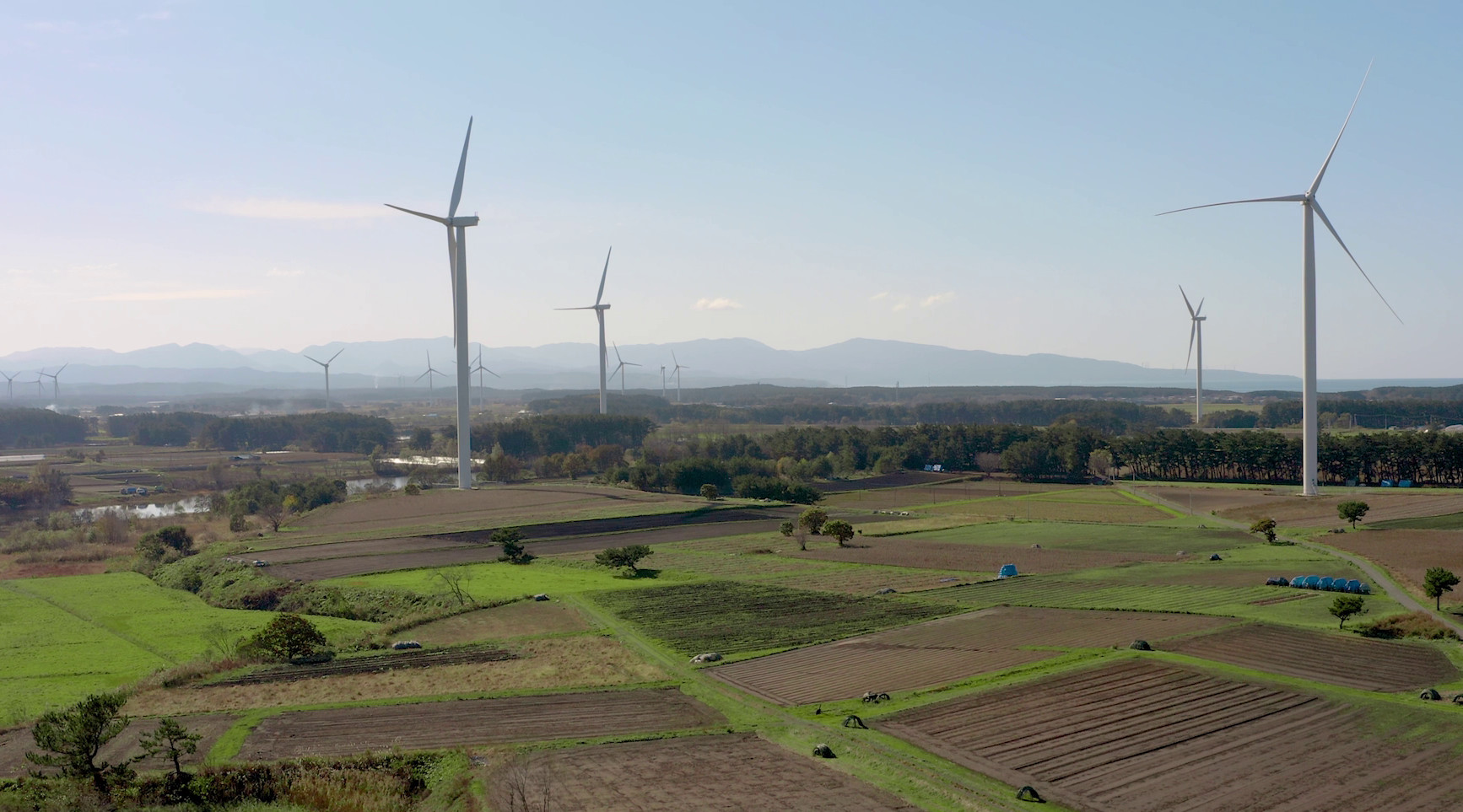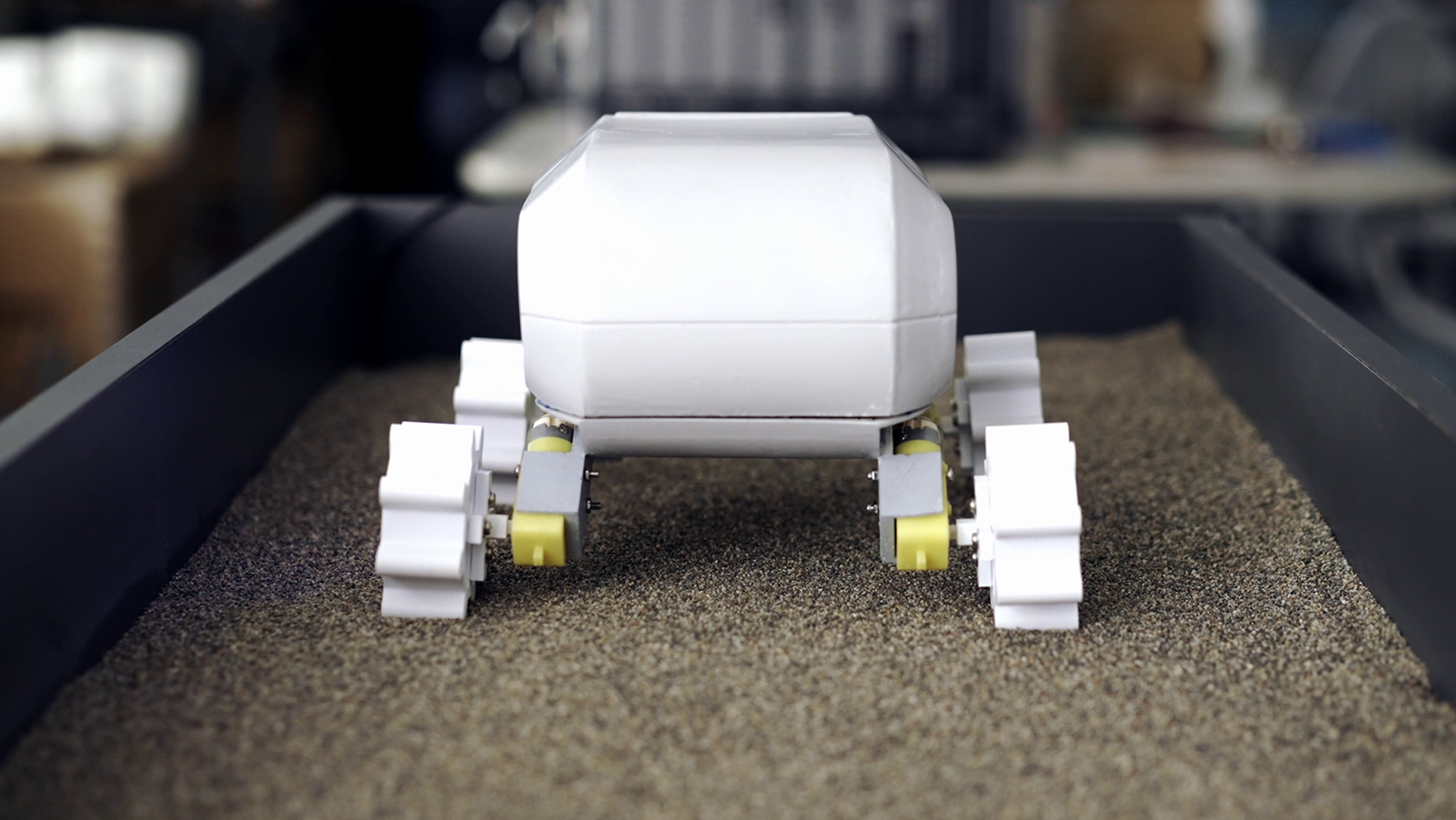July 15th, 2022
2 min read
As we look to a greener and more sustainable society, many governments and organizations are considering renewable energy sources. Solar power is both clean and inexhaustible that’s readily available, with its practical applications becoming increasingly compelling. It’s a pollution-free energy source that serves to reduce our collective reliance on electricity, oils and fossil fuels.

NTT explores an innovation that converts solar energy transmitted from outer space to the earth into electric power.
The space solar power system utilizes solar energy by combining technologies to efficiently convert sunlight into lasers or microwaves in satellite orbits 36,000 km above the ground. These satellites then wirelessly transmit beams to the ground without being affected by atmospheric fluctuations and efficiently convert high-intensity rays into electric power.
A satellite in geostationary orbit can receive energy from the sun almost 24 hours a day, 365 days a year, because the satellite is not affected by the absorption or scattering of energy by the earth’s atmosphere. It can effectively receive about ten times more energy per unit area than on the ground.
New ways for harnessing wireless power transmission from space
Since the wavelength of lasers is about 3 to 4 orders of magnitude shorter than microwaves, we are exploring how to use lasers to transmit over long distances efficiently without being affected by diffraction.
Leveraging our emerging photonics and photoelectric conversion technologies, we are closer to achieving high-efficiency, ultra-long-distance wireless power transmission in the very near future.

There are three major technologies for generating space solar power:
-
The first is efficiently converting sunlight into a laser on a satellite in geostationary orbit. Unlike the conventional method of laser oscillation using power generated from solar cells, we are conducting research on a system that executes laser oscillation with high efficiency by directly irradiating a special crystal with sunlight to excite a laser.
-
The second technology propagates laser beam accurately to a target on the ground. Although the laser can be more easily transmitted over a long distance than the microwave, the effects of diffraction are inevitable in the propagation as long as 36,000 km. The effects of atmospheric turbulence must also be removed, so we are also conducting research on optical systems with deep focal depths to avoid diffraction and eliminate fluctuations in light propagating through the atmosphere. Further, the direction control accuracy is required to shine a laser beam from a satellite in a geostationary orbit.
-
The third technology converts lasers into energy with high efficiency. Since laser light is a single wavelength, unlike sunlight with light comprising various mixed wavelengths, we are researching solar cells with high conversion efficiency at specific wavelengths. When a laser is converted into electric power using a solar cell, about half the energy becomes heat. Therefore, we are studying methods of storing energy in different forms such as hydrogen and ammonia using thermochemical reactions instead of converting lasers directly into electricity.
In addition to energy transmission from space, we can use space solar technology as a power distribution system for mobile devices such as drones and automobiles, a power distribution system using microgrids and power supply for remote islands and evacuation centers in the event of a disaster.
Contributing to the regeneration of the environment and transforming our future
The space solar power generation project forms part of the NTT zero environmental impact research program, which aims to take on work that contributes to the regeneration of the global environment and transformation of our future.
This research and development area seeks to develop technologies that will enable innovation in smart energy.
Our object is to reduce the impact of society on the global environment and bring about positive change. Working alongside the other partnerships, we aim to put this technology into practical use after 2030.



